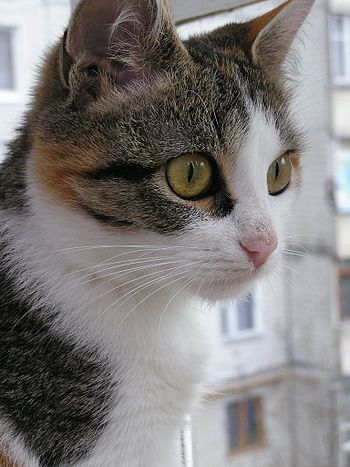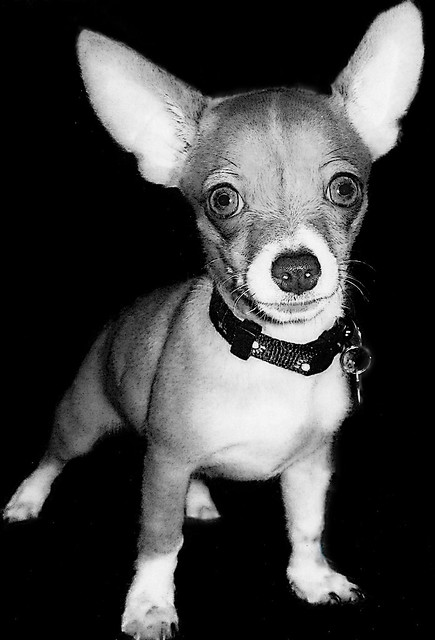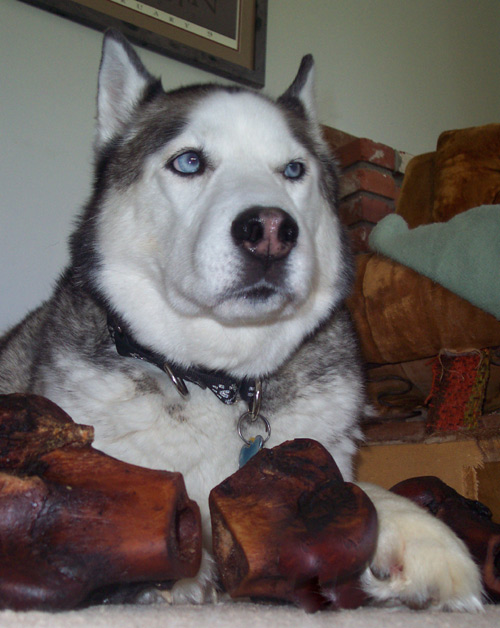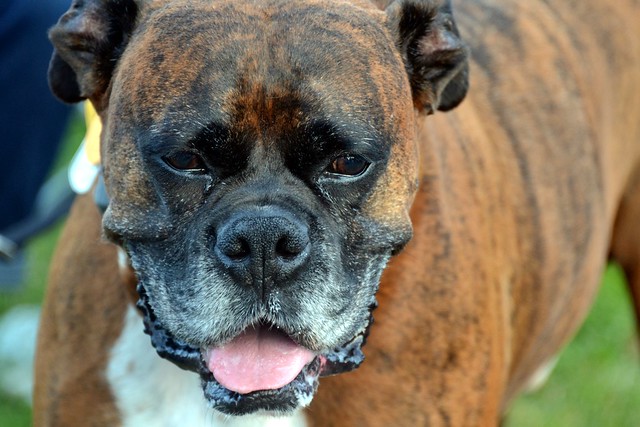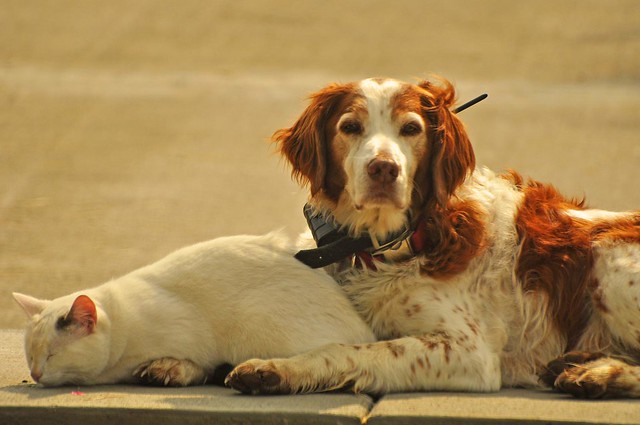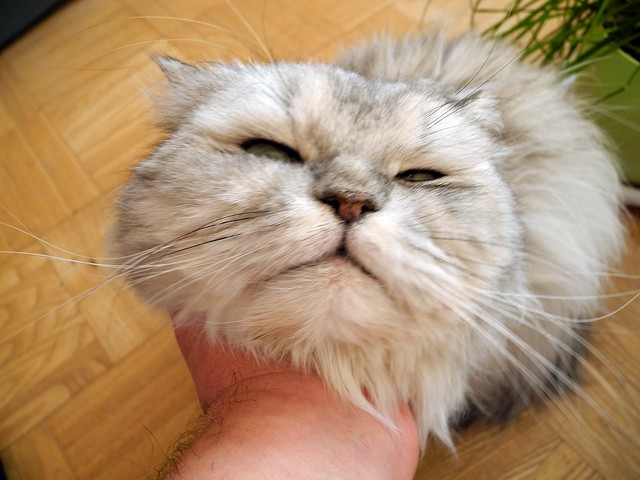 |
| Brown Standard Poodle (Photo credit: Wikipedia) |
Even though many breeds are no longer used just for sporting or hunting, these dogs have become popular favorites among those who need a hypoallergenic dog that has an easy temperament. Sporting dogs are considered intelligent, playful, and obey their owners when given commands.
Hypoallergenic sporting dogs include Poodles, Australian Terriers, and Kerry Blue Terriers. Each of these dogs has been used to hunt small and large game and also to hunt for rodents and other pesky animals that carried disease. Now, these animals are kept in the home as pets. While still playful and easy going, these dogs are now treated more like friends that as sporting partners.
Hypoallergenic sporting dogs include Poodles, Australian Terriers, and Kerry Blue Terriers. Each of these dogs has been used to hunt small and large game and also to hunt for rodents and other pesky animals that carried disease. Now, these animals are kept in the home as pets. While still playful and easy going, these dogs are now treated more like friends that as sporting partners.
Each of these breeds has a short coat that is more like human hair because it is soft and thin. Unlike other breeds, these dogs do not shed as often and when they do, it is usually not noticeable. People who want to own a medium-sized dog will appreciate any of the breeds mentioned above. Grooming is an essential part of their care as is brushing their coats once or twice a week to prevent matting.
The Poodle comes in a few different varieties that are all hypoallergenic. Poodles have been used sporting dogs, show dogs, and lap dogs for those who wanted a breed that would sit still on command. The Poodle is a friendly dog that does not make a lot of noise. They are very active and enjoy getting their exercise. People who want are thinking about buying a Poodle should conduct more research to see if this is the dog they truly want. Even though the Poodle can live for many years, they may suffer some health problems as they age.
The Australian Terrier was once used to catch mice and rats, but today it is kept at home because of its pleasant disposition and its long hair that does not shed. You can choose to cut the hair closer to the body if you choose. For those looking for a smaller dog, the Australian Terrier is a good choice. These dogs are considered companion dogs, meaning that they enjoy the company of people.
 |
| Kerry Blue Terrier (Photo credit: Wikipedia) |
The Kerry Blue Terrier is a relative of the Australian Terrier, but is much larger and has a more pronounced head and chest. Their head is almost square shaped. Their cost is soft and curly. It will not shed and needs to be groomed often to prevent matting. While the dogs are actually gray or black in color, a blue sheen can be found on their coat. This is where they got their name.
Kerry Blue Terriers need daily exercise that can range from long walks to running in the park with other dogs. If you have a backyard, you can let the dog run around and it will tire itself out. People who live in larger homes should consider buying a hypoallergenic dog like this one.
Even though these dogs are no longer used primarily as sporting dogs, this does not mean the dogs prefer to sit around all day long. Exercise is very important for dogs like these because they have been used for generations for sporting parties and long hunts in the woods.

